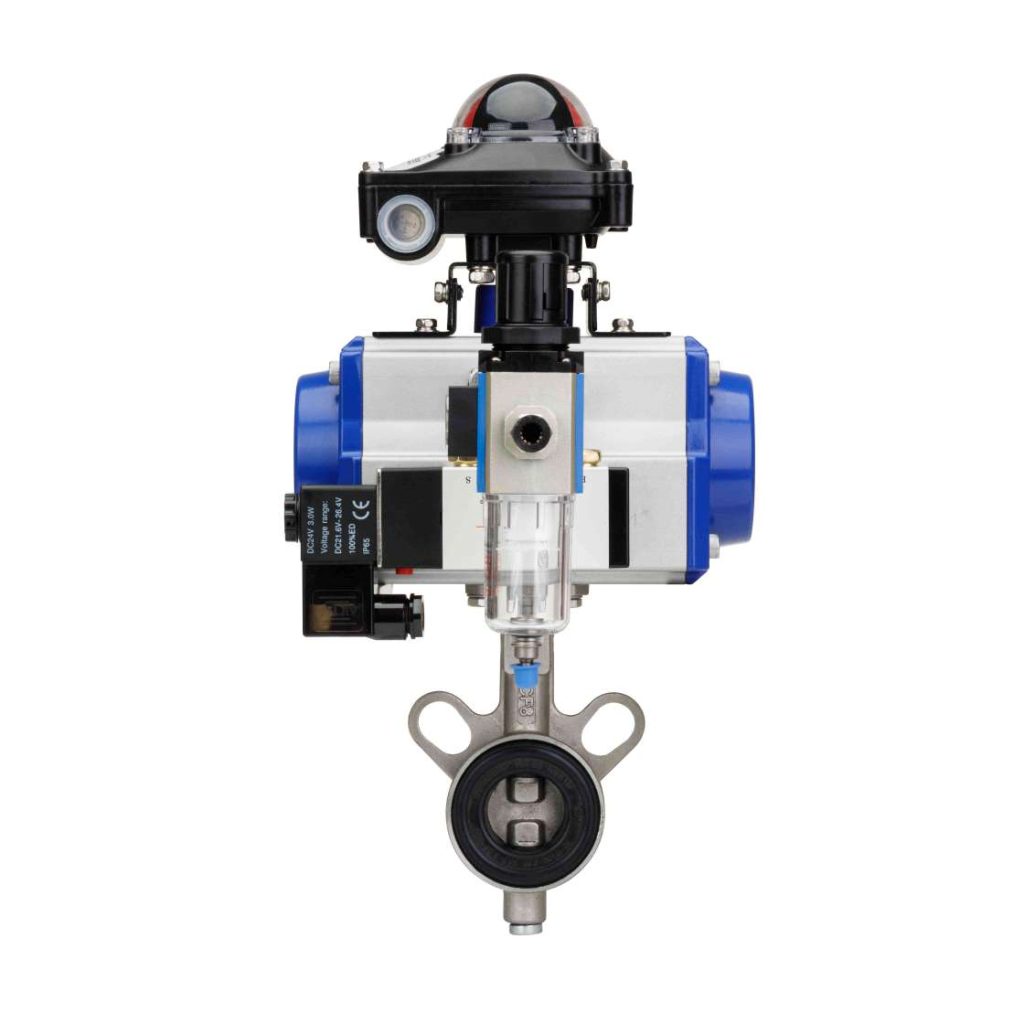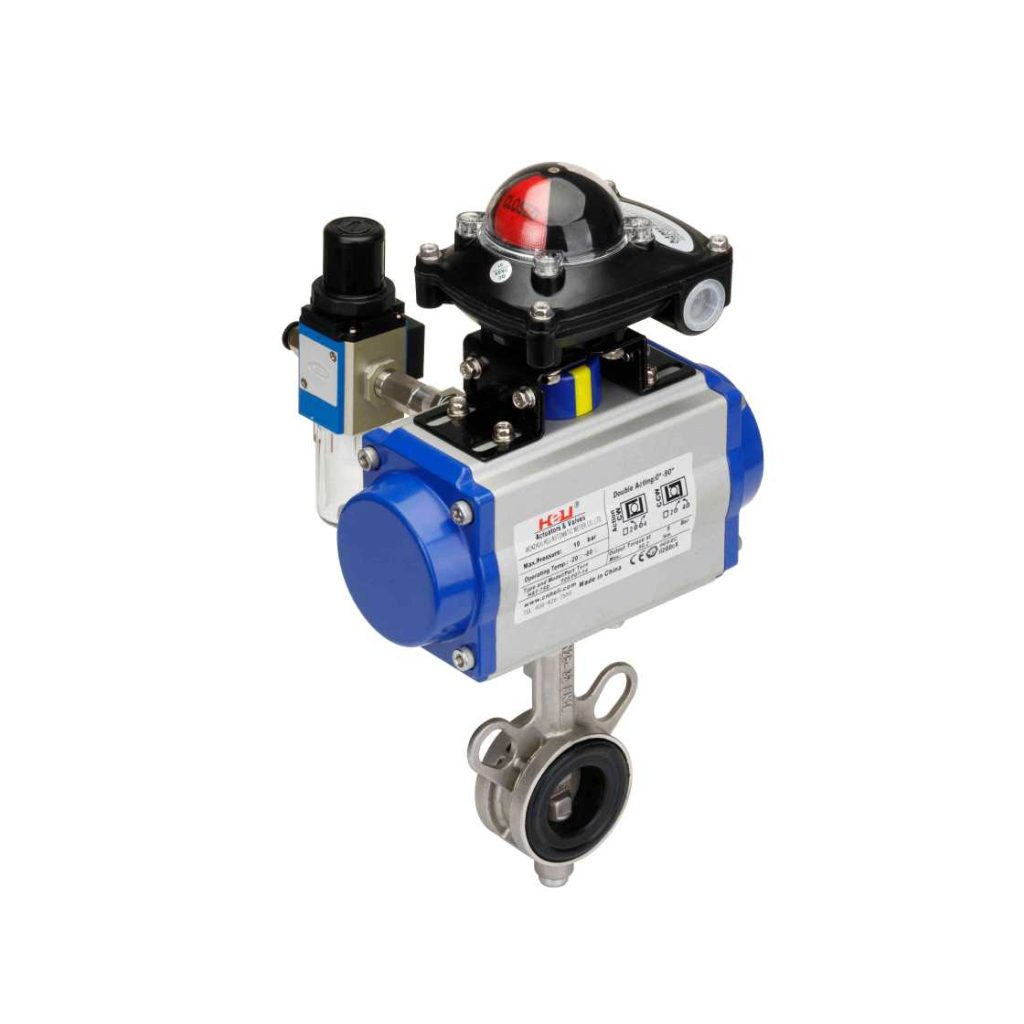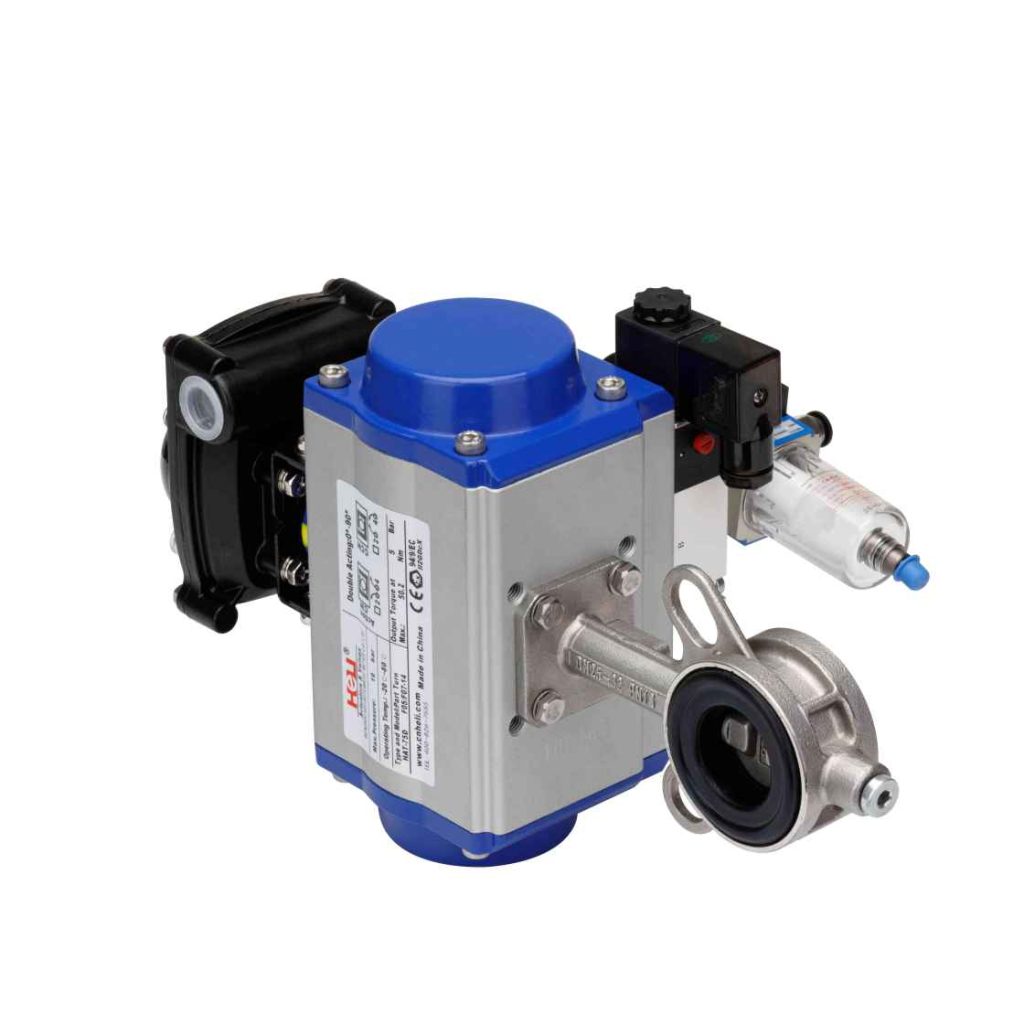Pneumatic butterfly valves are critical components in various industrial applications, designed to regulate the flow of fluids and gases. They utilize a disc that rotates within the valve body to either open or close the flow path, providing efficient control with minimal pressure drop. This article delves into the essential features, advantages, and applications of pneumatic butterfly valves, highlighting their ultimate role in modern engineering.

Design and Operation

The pneumatic butterfly valve consists of a disc, a valve body, and an actuator. The disc is mounted on a shaft and positioned perpendicular to the flow when closed. As the actuator, typically powered by compressed air, rotates the shaft, the disc pivots, allowing fluid to pass through. This simple yet effective design ensures quick operation, making it ideal for systems requiring rapid flow control. One of the notable characteristics of pneumatic butterfly valves is their compact size and lightweight construction. Unlike other valve types, such as gate or globe valves, butterfly valves require less space and are easier to install. Their design also allows for a full-flow path, reducing turbulence and enhancing flow efficiency.
